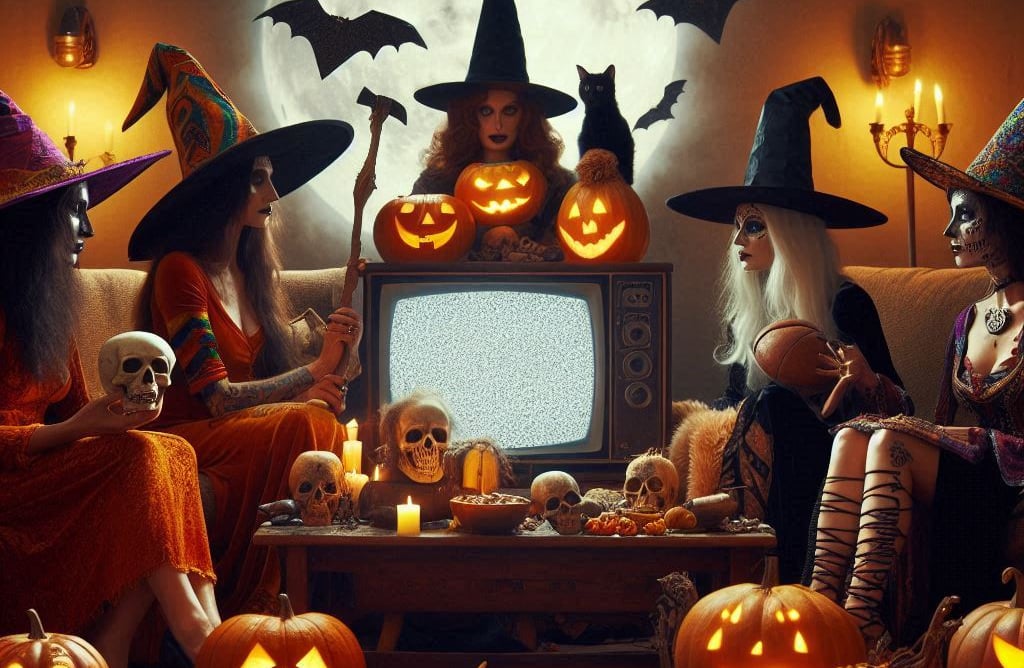
- Afrikaans
- العربية
- Azərbaycanca
- Български
- বাংলা
- Bosanski
- Беларуская
- Català
- Čeština
- Dansk
- Deutsch
- Ελληνικά
- English (AU)
- Español
- Eesti
- Euskara
- Français
- Galego
- ગુજરાતી
- עברית
- हिन्दी
- Hrvatski
- Bahasa Indonesia
- Íslenska
- Italiano
- 日本語
- Kartuli
- ಕನ್ನಡ
- 한국어
- Kurdî
- Lëtzebuergesch
- Lietuviškai
- Latviešu
- Bahasa Melayu
- Malti
- မြန်မာဘာသာ
- Nederlands
- Norsk
- Polski
- Português
- Română
- Русский
- Albanian
- Српски
- ภาษาไทย
- Tiếng Việt
- 汉语

- Afrikaans
- العربية
- Azərbaycanca
- Български
- বাংলা
- Bosanski
- Беларуская
- Català
- Čeština
- Dansk
- Deutsch
- Ελληνικά
- English (AU)
- Español
- Eesti
- Euskara
- Français
- Galego
- ગુજરાતી
- עברית
- हिन्दी
- Hrvatski
- Bahasa Indonesia
- Íslenska
- Italiano
- 日本語
- Kartuli
- ಕನ್ನಡ
- 한국어
- Kurdî
- Lëtzebuergesch
- Lietuviškai
- Latviešu
- Bahasa Melayu
- Malti
- မြန်မာဘာသာ
- Nederlands
- Norsk
- Polski
- Português
- Română
- Русский
- Albanian
- Српски
- ภาษาไทย
- Tiếng Việt
- 汉语
The Real Magic: How Witchcraft Went from Herb Gardens to Hollywood
From herbal healers to Hollywood icons — how witchcraft evolved from nature-based wisdom into modern myth, and why the real magic was never about the broomsticks.
NOTES FROM THE MARGIN
Daz James
10/29/20253 min read


It’s that time of year again — pumpkins on doorsteps, plastic bats on ceilings, and witches flying across our screens with suspiciously good eyeliner.
Halloween loves a witch. And who can blame it? Witches are mysterious, powerful, and usually have better lighting than the rest of us.
But somewhere between The Wicker Man and Wandavision, something happened to witchcraft. What began as earth-based wisdom and survival turned into a cinematic fireworks show of bubbling cauldrons, broomsticks, and the occasional cat with an attitude problem.
Don’t get me wrong — I adore a good fictional witch. I’ve binged Sabrina, Practical Magic, and The Witch more times than I’d care to admit. But it’s worth remembering: before Hollywood gave us “double, double toil and trouble,” witches were the women (and yes, sometimes men) who knew how to heal a burn, ease a birth, or read the weather in the wind.
They didn’t fly. They foraged.
The Original Witchcraft Was About Balance
Long before pointy hats became standard issue, witchcraft was a form of practical spirituality — part science, part intuition, and part rebellion against ignorance.
Witches (or “wise women”) were the local doctors, midwives, counsellors, and therapists rolled into one. They brewed herbal remedies because there were no pharmacies. They celebrated moon cycles because calendars hadn’t been invented yet. They understood the connection between human bodies and the earth — not because it was trendy, but because it kept people alive.
They were early champions of what we’d now call holistic wellbeing — connection, compassion, and care rooted in the natural world.
And naturally, that terrified people in power.
When Fear Took Over
The shift from herbalist to hellspawn didn’t happen overnight. It began when religion and politics decided to share a bed and needed a scapegoat to keep the sheets warm.
Accusing women of witchcraft became the perfect cover for controlling them. You could silence a healer by calling her “ungodly.” You could erase a widow’s land rights by calling her “bewitched.” You could burn independence at the stake and call it a moral duty.
Witchcraft, once grounded in balance, became the enemy of order. And like all good propaganda, the lie stuck.
Enter Hollywood
Centuries later, film and television swooped in and said, “We’ll take it from here.” Suddenly, witches were back — not as herbalists, but as hot, hex-throwing powerhouses with suspiciously well-decorated kitchens. (Practical Magic, I’m looking lovingly at you.)
We swapped wisdom for spectacle, ritual for rebellion, and nature for narrative. And honestly? That’s not always a bad thing.
Pop culture witches have given us power fantasies — especially for anyone who’s ever felt silenced or strange. Because deep down, witches represent the ultimate underdog: The outsider who learns their difference is their power.
And maybe that’s why they endure — because they speak to every misfit who’s ever been told they’re “too much,” “too emotional,” or “too different.”
The Modern Witch (and Why We Still Need Her)
In recent years, witchcraft has come full circle. From TikTok spell jars to moon rituals and herbal healing, people are rediscovering what the witch once stood for — connection, intuition, and care for the natural world.
Sure, some of it comes with Instagram filters and aesthetically pleasing altar setups, but the intention remains the same: to reclaim the sacredness of self and nature in a world obsessed with noise.
Real witchcraft isn’t about flying broomsticks. It’s about balance — between body and spirit, self and community, chaos and calm. If that’s not well-being, I don’t know what is.
The Art of Everyday Magic
You don’t need a cauldron to practice modern magic. You just need awareness.
When you light a candle to calm your thoughts, that’s spellwork.
When you brew chamomile for anxiety, that’s potion-making.
When you set boundaries, speak truth, or plant something just because it’s beautiful — that’s witchcraft in its oldest, purest form.
Magic isn’t about power over others. It’s about peace within yourself.
Final Thought
So, this Halloween, when you see witches on screens casting hexes and cackling over bubbling brews, remember where it all began: with the quiet, patient hands of someone trying to heal.
Witchcraft was never about darkness — it was about light in the dark.
And maybe the real art of witchcraft isn’t summoning spells, but the courage to live authentically in a world that still fears what it doesn’t understand.
So raise your pumpkin mug, light your candle, and toast to all the witches — past, present, and metaphorical — who remind us that sometimes, the most powerful magic is just being unapologetically, gloriously ourselves.
Happy Halloween.
If you love stories that mix history, magic, and mystery, join Ms. Marlowe and her time-travelling students in The Forsaken Village — where ghosts of the past still whisper, and courage is the greatest spell of all.
#Halloween #Witchcraft #Paganism #Wellbeing #PopCulture #Feminism #HolisticHealing #WitchesOfInstagram #MsMarloweSeries #AuthorBlog

Daz James
Promote published works, interact with readers, share updates.
© 2024. All rights reserved.